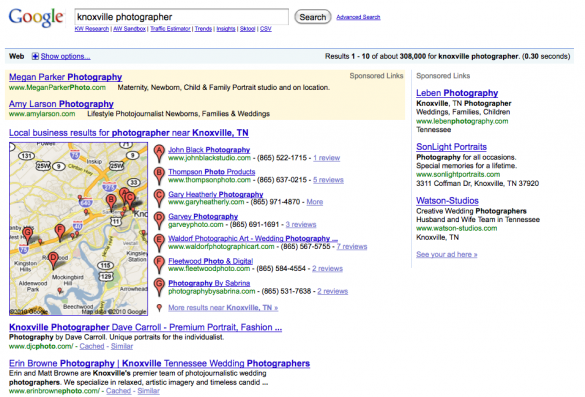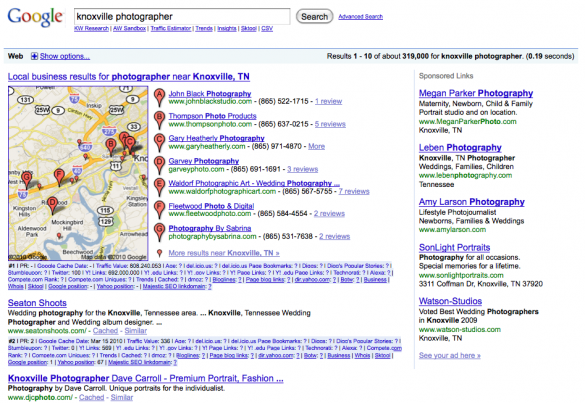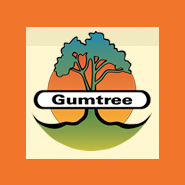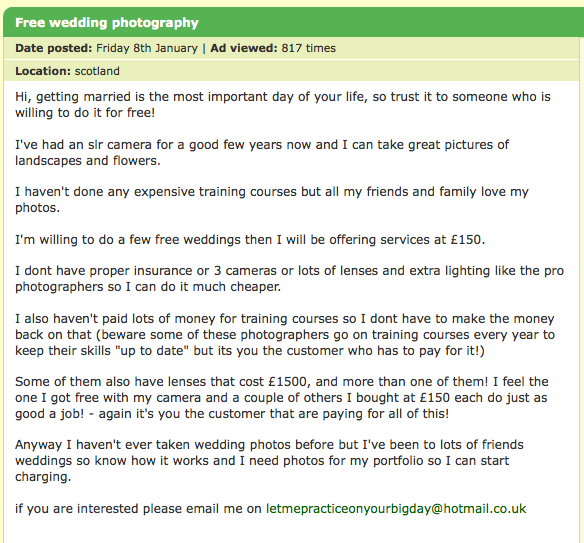 Because the search engines are continuously tweaking their ranking algorithms, any SEO work done on a website, be it on-page or off-page, can never be be deemed final. I always make a point to let my audiences and my SEO clients know that the “correct” adjustments to a web page today won’t be the same ones needed six months from now. SEO is a moving target.
Because the search engines are continuously tweaking their ranking algorithms, any SEO work done on a website, be it on-page or off-page, can never be be deemed final. I always make a point to let my audiences and my SEO clients know that the “correct” adjustments to a web page today won’t be the same ones needed six months from now. SEO is a moving target.
Recently I received a call from an SEO client letting me know that her page had dropped in the search engine result pages (SERPs) and asking what might have happened. She’d changed nothing on her page and, as far as she could tell, nothing had changed on her competitor’s page, yet she had dropped below the competitor for her search phrase. She asked, “Could it be the Google dance?” Let me elaborate about this dance…
In the past, the “Google dance” generally referred to the time period when Google would rebuild its rankings and back then it lasted from three to seven days and took place about ten times a year. Things have changed though. Now, those who pay attention to such things speculate that Google now performs index updates about every week, with the most movement occurring on Mondays. These are usually small adjustments to their algorithm and index. Major dances still occur, but with much, much less frequency.
Google’s data crunching occurs at its data centers located throughout the world. Google won’t disclose where they are, or even how many there are, and the Google fanatics try constantly to figure out where they are and how to access the separate indexes each generates. In 2008, Eric Scholfeld created a lot of buzz by blogging:
There are 36 data centers in all—19 in the U.S., 12 in Europe, 3 in Asia, and one each in Russia and South America. Future data center sites may include Taiwan, Malaysia, Lithuania, and Blythewood, South Carolina, where Google has reportedly bought 466 acres of land. (Read the entire post.)
Because Google has multiple data centers, sharing upwards of 12,000 servers, the updates to their index have to be transferred throughout and these ongoing, incremental updates only affect part of the index at any one time. So the SERPs put out be any data center might differ from that put out by another.
Yesterday morning, just to see what might be happening, I searched for “Knoxville Photographer” at two different data centers and two different SERPS were presented:

Search number one

Search number two
There are two giveaways that the data centers are indeed out of sync. (You can click on each to enlarge if you’d like.) First, the total number of pages indexed for “Knoxville Photographer” in search one is 308,000. In the second search it’s 319,000. And, even more telling is the top result: in the first, “Knoxville Photographer Dave Carroll…”, and in the second, “Seaton Shoots”.
Of course, there is no way to know when the “Major Major Dance” is taking place, but when it does, ranking do go awry, some pages are temporarily in limbo and don’t show up at all. Then they reappear, sometimes in a better position than they were in before the dance, and things settle down. It’s a non-ending cycle; one that can definitely put companies for whom search is critical in their marketing into a frenzy and drive SEO consultants such as myself crazy.
If your site has indeed dropped and stays there after things settle down, you’ll probably need to get back to optimizing your site to “satisfy” the new algorithm. Take a look at what the sites that are ranking above you have in the way of critical page elements for SEO and adjust accordingly.
Repeat after me: “I won’t let this SEO nonsense ruin my day. I won’t let this SEO nonsense ruin my day.”











 groozi.com is a blog about negotiating and web marketing. Weekly posts are written primarily by me, Blake J. Discher, a
groozi.com is a blog about negotiating and web marketing. Weekly posts are written primarily by me, Blake J. Discher, a 
